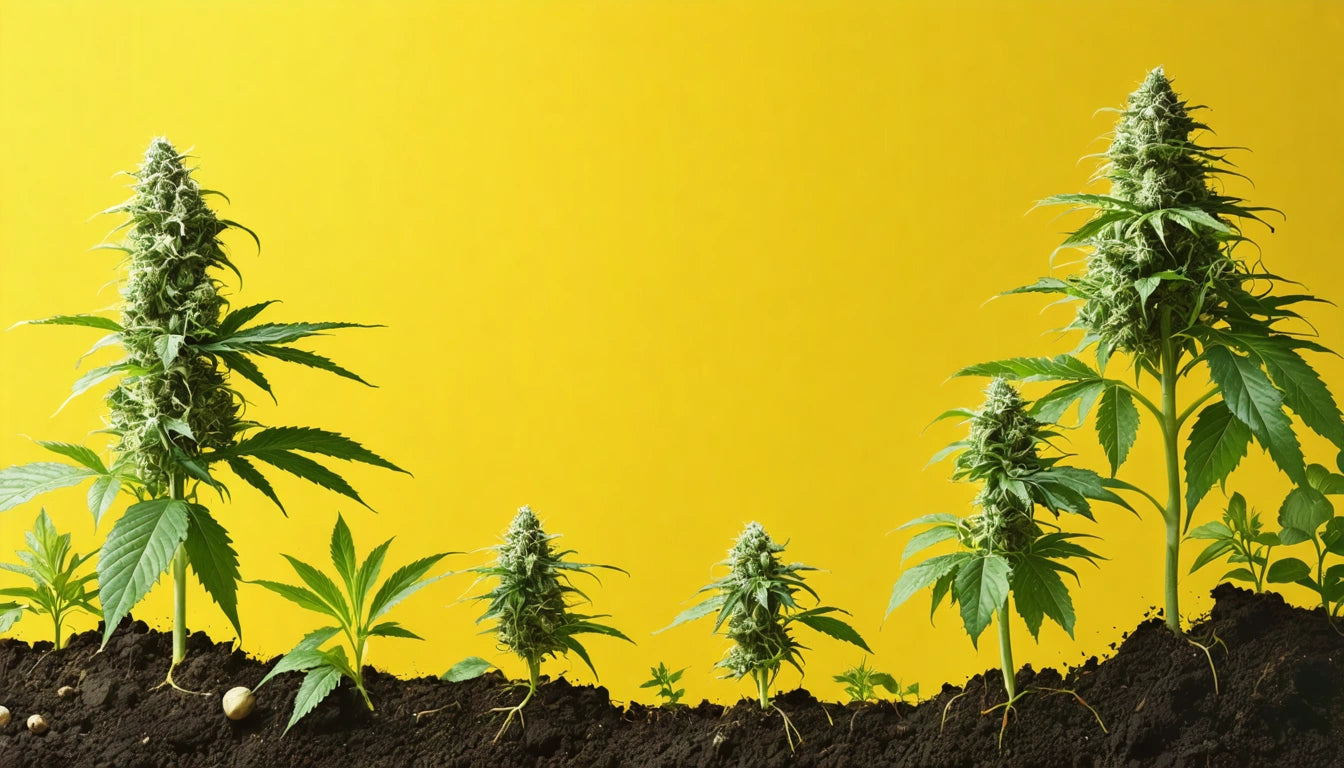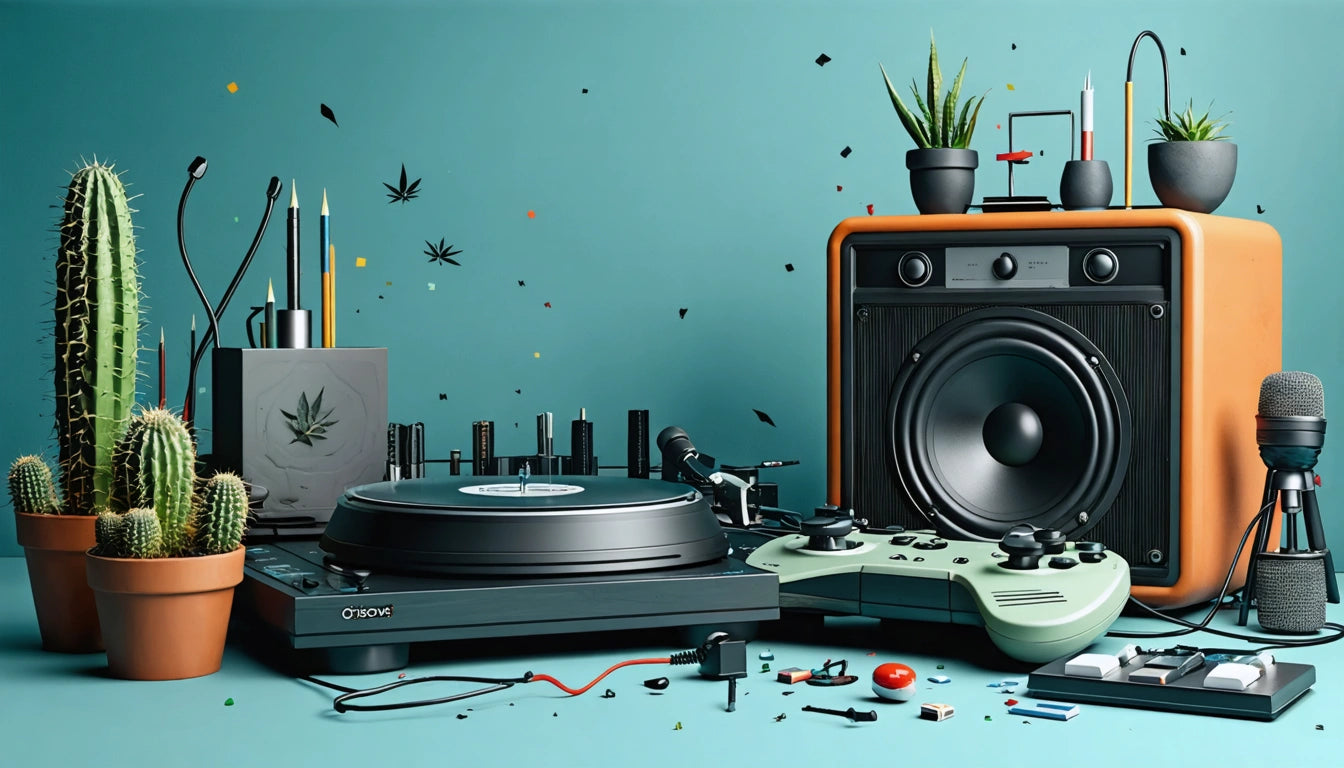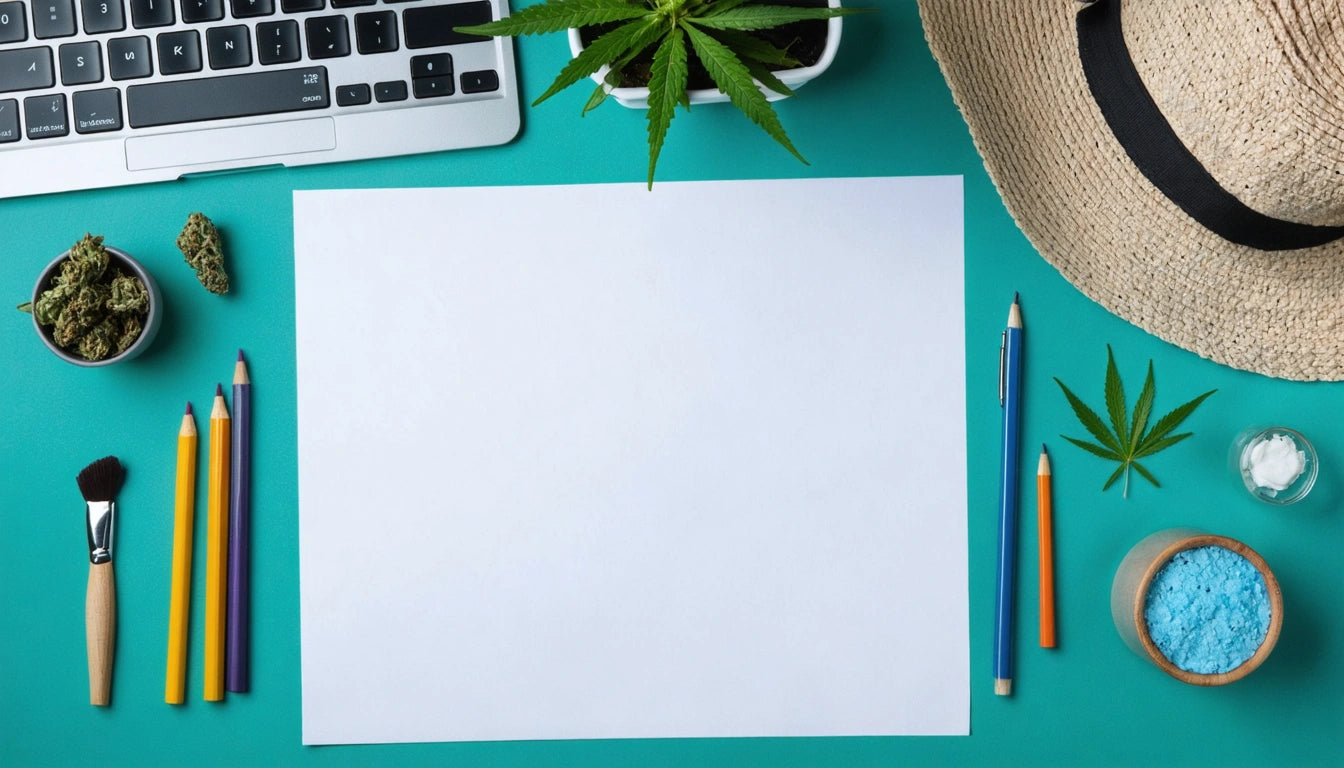Table of Contents
Comprehensive Guide to Growing Bud: Tips and Techniques for Success
Growing cannabis at home can be a rewarding experience that provides a steady supply of quality bud tailored to your preferences. Whether you're wondering how to grow bud outdoors or seeking methods to grow the best bud possible, this guide covers the essential techniques and knowledge needed for successful cultivation.
Understanding Cannabis Growth Cycles
Before diving into specific growing methods, it's important to understand the cannabis growth cycle. Cannabis plants typically go through several distinct phases:
- Germination (2-10 days)
- Seedling stage (2-3 weeks)
- Vegetative growth (3-16 weeks)
- Flowering (8-11 weeks)
- Harvesting
Many new growers ask, "how long does it take for bud to grow?" The entire process from seed to harvest typically takes 3-5 months depending on the strain and growing conditions. Understanding the budding process is crucial for timing your grow cycle correctly.
Indoor Growing Fundamentals
Indoor growing gives you complete control over your plant's environment, which can lead to higher quality buds when done correctly.
Essential Equipment
To grow good bud indoors, you'll need:
- Grow tent or dedicated space
- Proper lighting (LED, HPS, or MH)
- Ventilation system
- Growing medium (soil, coco coir, or hydroponic)
- Nutrients specifically formulated for cannabis
- pH testing and adjustment tools
- Temperature and humidity monitors
Maintaining proper temperature (70-85 °F during light periods) and humidity levels (40-70% depending on growth stage) will significantly impact your results when learning how to grow bud fast.
Lighting Considerations
Light is perhaps the most critical factor for indoor growing. During the vegetative stage, provide 18-24 hours of light. When flowering begins, switch to a strict 12/12 light/dark cycle to trigger and maintain bud development.
Outdoor Growing Techniques
Learning how to grow bud outside can be more economical but comes with its own set of challenges and considerations.
Choosing the Right Location
When considering how to grow bud outdoors, location selection is paramount:
- Select a spot that receives at least 8 hours of direct sunlight
- Ensure good drainage and air circulation
- Consider privacy and security
- Check local climate conditions match your strain's preferences
Outdoor bud growing tips often emphasize the importance of starting with the right genetics. Choose strains that match your local climate and growing season length.
Soil Preparation
Preparing your soil properly is essential when learning how to plant bud outdoors:
- Use high-quality potting soil or amend garden soil with compost
- Ensure proper drainage with perlite or similar amendments
- Consider raised beds for better control over soil quality
- Test and adjust soil pH to 6.0-7.0
Many experienced growers recommend using fabric pots even for outdoor growing, as they provide excellent drainage and prevent root circling.
Maximizing Bud Size and Potency
Regardless of whether you're growing indoors or outdoors, certain techniques can help you maximize bud size and density.
Training Techniques
Plant training methods can significantly increase yields:
- Low-Stress Training (LST): Gently bending and securing branches to create an even canopy
- Screen of Green (SCROG): Using a screen to create an even canopy and maximize light exposure
- Topping and FIMing: Cutting the main stem to create multiple main colas
- Defoliation: Strategic removal of leaves to improve light penetration and air circulation
These bud growing tips help create more bud sites and ensure light reaches deeper into the plant canopy.
Nutrient Management
Proper feeding is essential to grow the best bud:
- Use vegetative-specific nutrients during growth phase (higher nitrogen)
- Switch to bloom nutrients during flowering (higher phosphorus and potassium)
- Consider bloom boosters during mid to late flowering
- Always follow the "less is more" principle to avoid nutrient burn
Understanding how much bud to expect from one plant helps set realistic expectations and can guide your nutrient strategy.
Harvest Timing and Techniques
Knowing when and how to harvest is crucial for potency and flavor.
When to Harvest
To determine the perfect harvest time:
- Monitor trichome color using a jeweler's loupe or digital microscope
- Clear trichomes: Too early, lower potency
- Cloudy trichomes: Peak THC production
- Amber trichomes: More sedative effects as THC degrades to CBN
Most growers harvest when trichomes are mostly cloudy with some amber (15-20%) for a balanced effect.
Harvesting Process
The harvesting process involves several steps:
- Cut whole plants or individual branches
- Remove large fan leaves
- Hang plants upside down in a dark, temperature-controlled room (60-70 °F)
- Maintain 45-55% humidity during drying
- Dry until stems snap rather than bend (7-14 days)
- Cure in glass jars for at least 2 weeks, opening daily to release moisture
For those who enjoy pre-rolls, our premium rolling papers and cones collection offers perfect options for enjoying your freshly cured buds in a convenient format.
Advanced Growing Strategies for Premium Buds
Once you've mastered the basics of how to grow good bud, consider these advanced techniques:
Environmental Control
Fine-tuning your growing environment can significantly improve results:
- CO2 supplementation during daylight hours
- Temperature differential management (slightly cooler at night)
- Vapor pressure deficit (VPD) optimization
- UV light supplementation during late flowering
These techniques can help push your plants to their genetic potential and produce truly premium buds.
Genetic Selection
Starting with quality genetics is perhaps the most important factor in growing premium cannabis:
- Research breeders and seed banks thoroughly
- Consider phenotype hunting from multiple seeds of the same strain
- Learn basic breeding techniques to preserve exceptional plants
- Keep detailed records of strain performance in your specific environment
By combining these advanced techniques with the fundamentals covered earlier, you'll be well on your way to consistently producing high-quality cannabis that meets or exceeds dispensary standards.
Remember that growing cannabis is both a science and an art. While these guidelines provide a solid foundation, developing your own style and approach based on your specific conditions and preferences is part of the journey in learning how to get bud that perfectly suits your needs.











Leave a comment
All comments are moderated before being published.
This site is protected by hCaptcha and the hCaptcha Privacy Policy and Terms of Service apply.